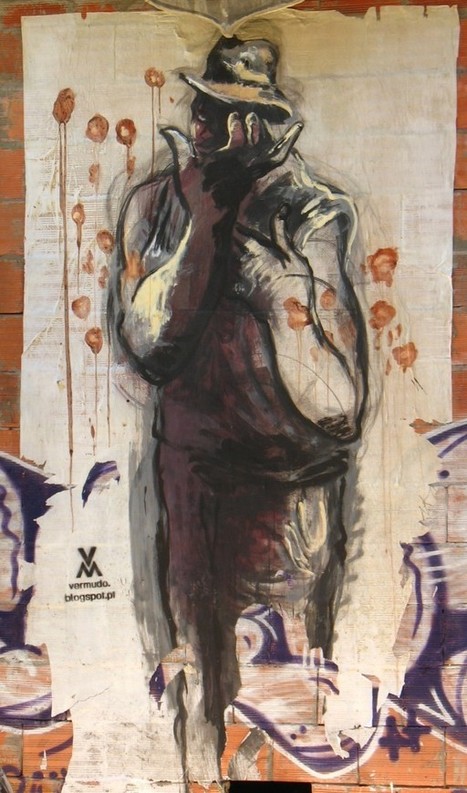PETER BRYANT
Higher Education. Creative Industries. Thoughts. Opinions. You get the drift!
I have been debating the idea of the digital stranger for a quite a while, both on this blog and in other online learning contexts. Previously I had defined the digital stranger as;
‘Digital strangers are people we interact with, people we are inspired by, people we understand (even a little) about their views and their position in a specific network, but know very little about. We can still learn from and with them. We can create and share. We can innovate and solve problems. We can increase awareness and affect change. We can engage, entertain and provide comfort or inspiration.’
At the heart of the concept of the digital stranger is the belief that online interaction affords both the opportunity to represent ourselves in different and (sometimes) untraceable and hidden ways as well as the ability to express ideas, opinions and emotions that because of the apparent anonymity of the virtual environment, we might be unwilling to do face to face. There is a unique manifestation of the digital stranger in the area of online learning that has significant and far-reaching impacts on the effectiveness of student learning and teaching. This post (which will be published in two parts) will look at how the darker side of the digital stranger poses challenges for designers and facilitators of online learning (in all its guises – I use the phrase online learning to mean everything from component based blended learning through to complete online programmes).
Read more:
http://peterbryant.smegradio.com/?p=256



 Your new post is loading...
Your new post is loading...










